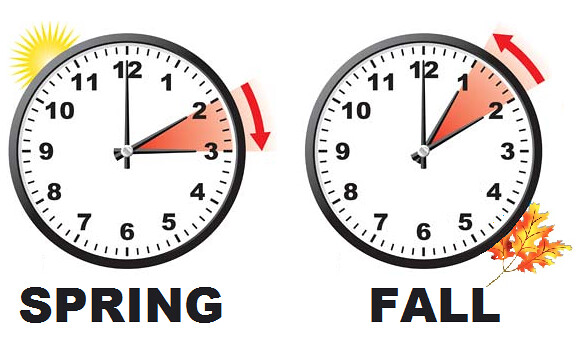Daylight savings turns back the clock on progress

During daylight savings the sun sets far earlier than normal. Everyone in MOCO experiences sunsets at about 5 pm and are surrounded in darkness by 7 pm.
March 26, 2023
Twice a year the entire US is substantially more exhausted and unadjusted to their native time zone. It almost gives a feeling of jet lag, despite the fact that nobody ever left home. What causes this discomfort? Every American’s most dreaded day: Daylight savings.
During the months of March to November, the US is on daylight saving time. This means we experience less light in the morning and more light in the evening. This practice can wildly throw off sleep schedules and affect many individuals’ performances at school and work.
Teenagers especially find it far more difficult to have an earlier morning and much easier to have a later night. Therefore, many individuals feed into this cycle and end up with far less sleep. This time keeps teenagers up later at night and thus affects their performance during the day.
Daylight savings can have long term effects that go far beyond that of lack of sleep. This time can increase depression, slow metabolism, increase weight gain and cause headaches. All of these events can impact many people and affect their quality of life. These effects will likely continue to bleed over into the November to March time and create a constant cycle of discomfort and low health.
Aside from discomfort, daylight savings can also cause serious health issues. According to Northwestern Medicine, daylight savings causes a 24% higher risk of heart attacks, 6% increase in fatal car crashes and an 8% stroke increase. All of these can be fatal and affect millions of people. There is a simple solution to this immense increase in fatal events. Removing daylight savings will quite literally save lives. Despite the health risks, the fact that fatal car crashes increase by such a high level indicates that it causes sleep deprivation and harms many people. This statistic also only includes those car crashes which have proved fatal. The statistic is likely far higher in car accidents that did not result in fatalities.
Daylight savings not only has negative effects on physical health, but can have an immense impact on mental health as well. Around this time there have been reports indicating an 11% spike in depressive episodes. The simple addition or subtraction of an hour can decrease mental health and therefore harmfully affect the quality of life.
Time and Date indicates that more than 60% of the countries in the world remain on a standard time all year. Over half of the world and even some states in the US such as Arizona and Hawaii do not change their time zones. Therefore, it is clear that this adjustment in the US will benefit everyone due to standardization reasons.
According to PBS, daylight savings was initially implemented to conserve energy during the two World Wars. It was first started during World War One and revoked once the war ended. It was reinstated in World War Two but once again revoked after. It was not permanently installed until the energy crisis of the 1970s. However, it has since been proved that it does not in fact save energy, as heating and air conditioning increases when light is saved.
The health risks that occur each year during this transition can easily be prevented. Daylight savings does not save energy as the way it was originally implemented to do and it is not worth the health risks associated with the time change. Whether it results in car crashes, depression, or heart attacks, all age groups are affected by the shift and everyone experiences the difference. Quality and length of life will increase if daylight savings time is removed.


